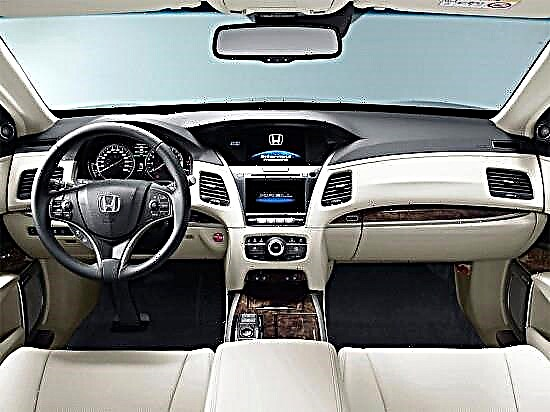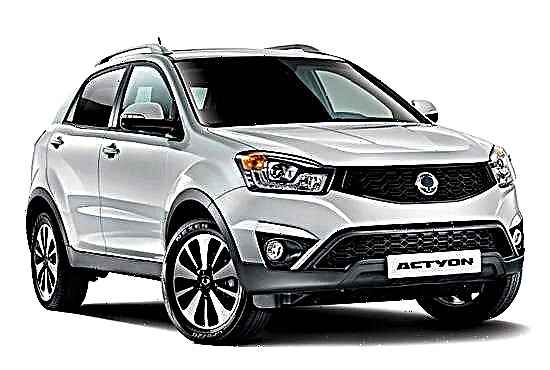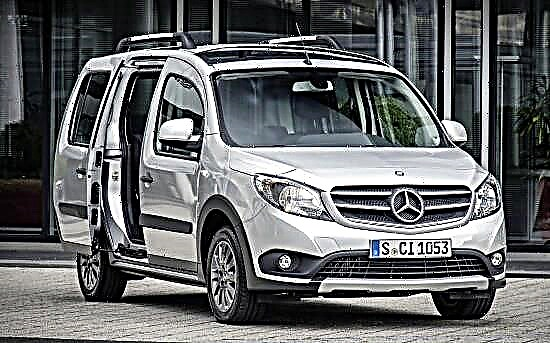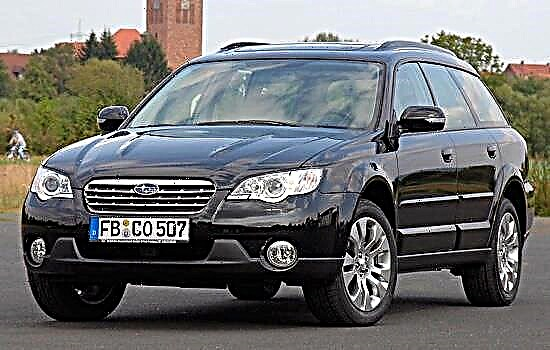In 2003, Subaru officially demonstrated to the public the third generation of the "off-road" model Outback - the car was presented at exhibitions in Tokyo and Frankfurt. In 2007, the car underwent a planned modernization, which affected the exterior design, added new equipment and increased the power of the base engine. In this form, "Outback" was mass-produced until 2009, giving way to the successor on the conveyor belt.

The "third" Subaru Outback is classified as a representative of the D-class, which is confirmed by the external dimensions. The car was available in station wagon and sedan bodies: length - 4685-4730 mm, width - 1745-1770 mm, height - 1480-1545 mm, wheelbase characteristics - 2670 mm. The ground clearance is quite "crossover" 213-220 mm (depending on the installed engine).

Under the hood of the 3rd generation Subaru Outback, horizontally opposed atmospheric units working on gasoline were working:
- The car was equipped with a 2.5-liter "four" with a capacity of 173 horsepower, developing 227 Nm of possible traction
- and a 3.0-liter "six", generating 245 potential forces and 297 Nm of torque.
A bunch of engines consisted of a 5-speed "mechanics", a 4- or 5-speed "automatic", as well as an all-wheel drive transmission. All versions have permanent four-wheel drive with symmetrical traction distribution, however, on machines with automatic transmission, an electronically controlled multi-plate clutch is installed.

Like its predecessors, the Third Outback is based on the Legacy cart. In the arsenal of the "Japanese" - an independent suspension with MacPherson struts in the front and a "multi-link" in the rear axle design. The steering is supplemented by a hydraulic booster, and the brake package is expressed by disc mechanisms on all wheels (in front, also with ventilation).

In the arsenal of positive features of the 3rd generation Subaru Outback: a driver's character, a comfortable interior and an energy-intensive suspension, which are supported by high ground clearance, an interesting appearance and an all-wheel drive system.
In contrast, they are: harsh suspension, not the best-in-class sound insulation, the presence of ergonomic errors in the interior and expensive maintenance.
In 2017, it is possible to purchase a third-generation car only in the secondary market - in the Russian Federation, such a car is sold at a price of 500 ~ 700 thousand rubles (which largely depends on the year of manufacture of the car, its equipment and condition).











